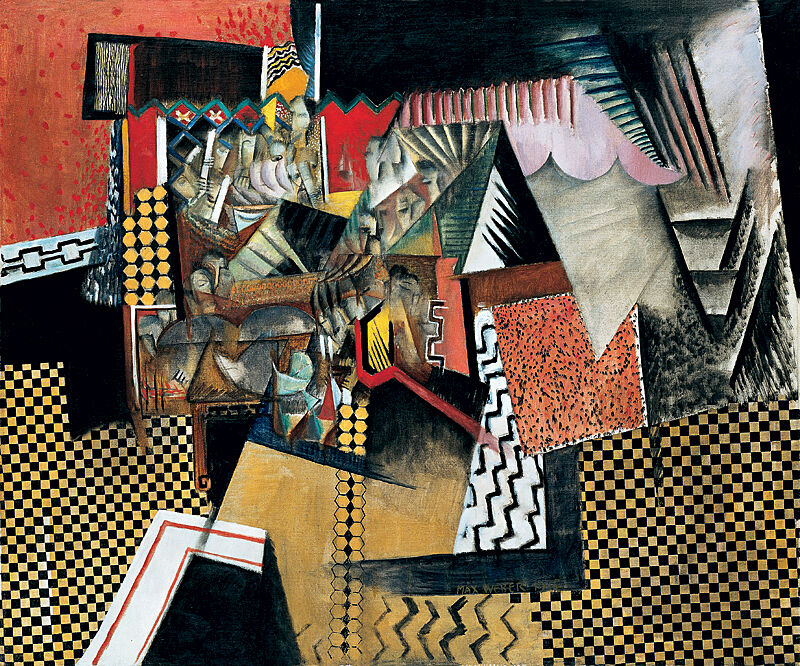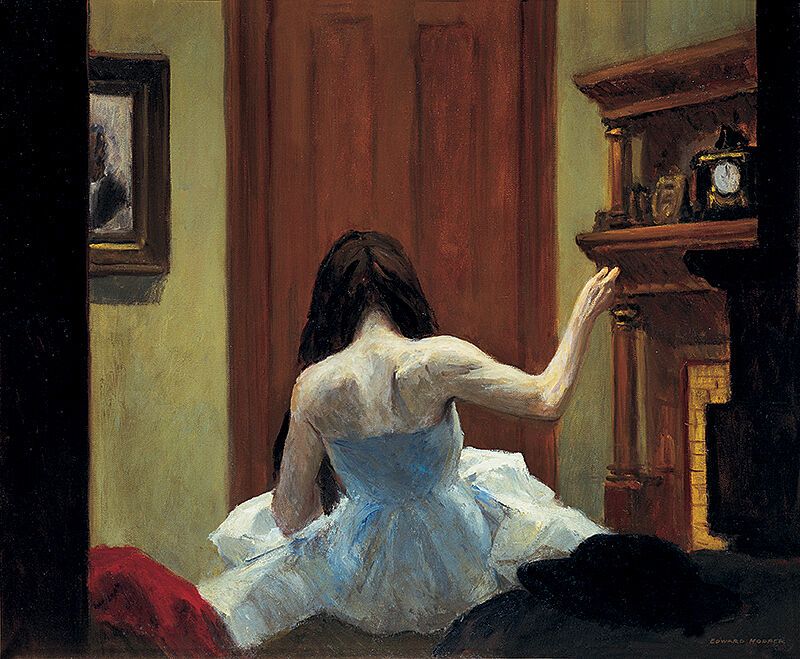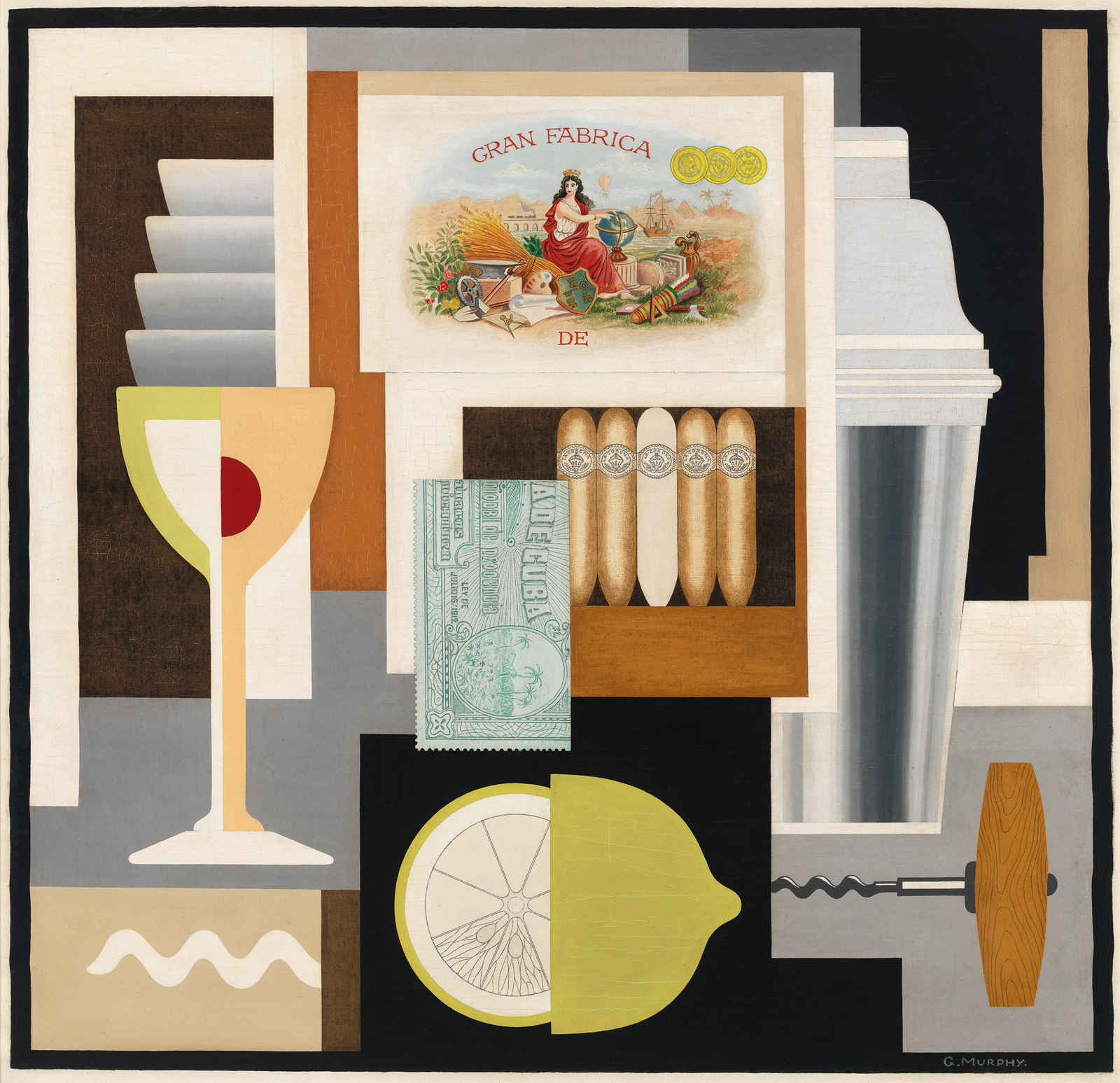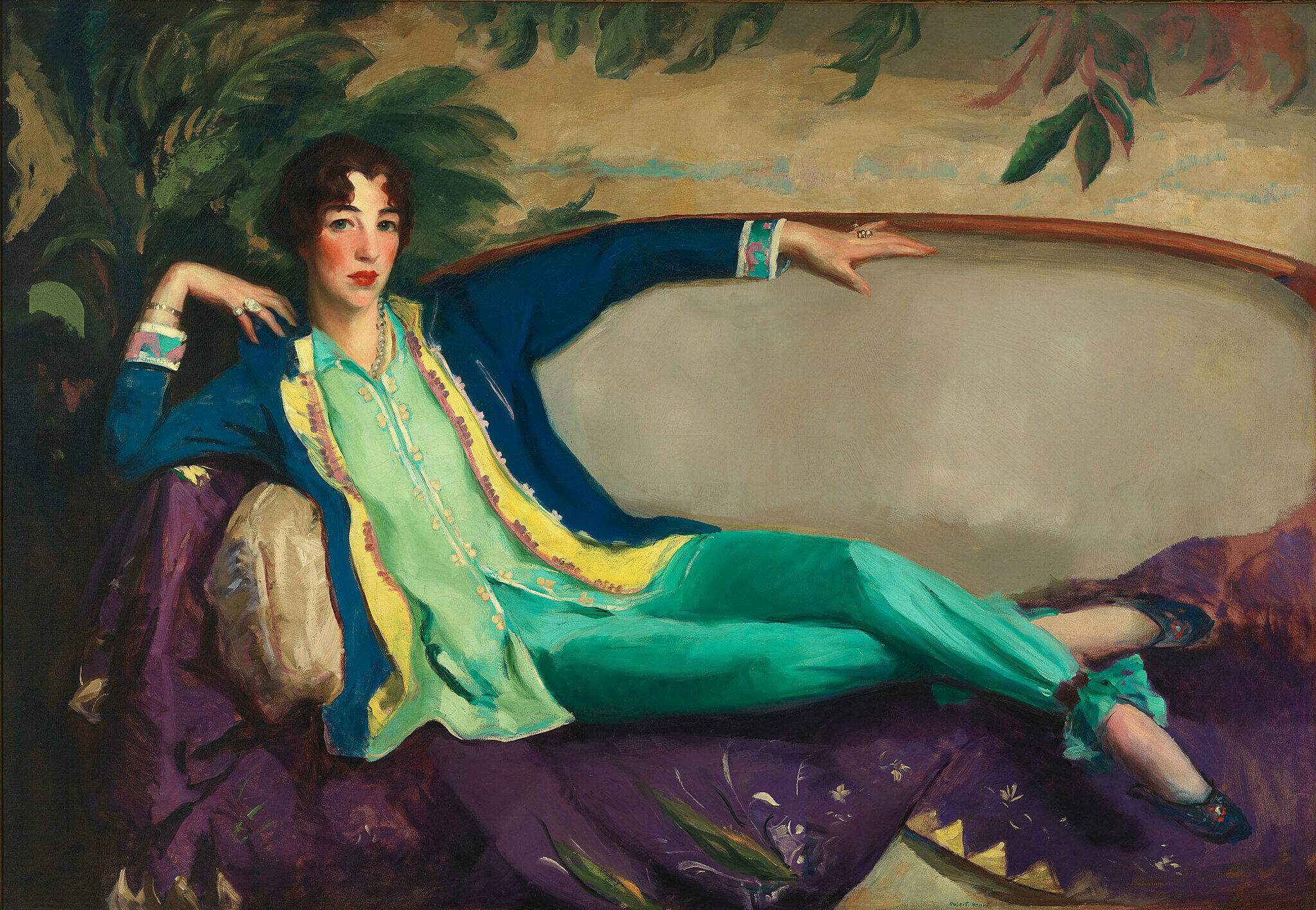Robert Henri
1865–1929
Leader of the renegade circle of artists known as the Eight and father of the Ashcan School, Robert Henri was one of the most influential figures in American art at the turn of the twentieth century. With a group of colleagues that included John Sloan, Everett Shinn, and William Glackens, Henri rebelled against the accepted subject matter and formal strictures of the conservative art academies of the time, which exerted almost complete control over the prospects of young artists. Henri encouraged his followers to paint everyday urban life in a loose gestural style and dramatic palette inspired by Spanish painting. During his long tenure as a teacher, he nurtured the budding careers of a generation of American artists, including Edward Hopper, George Bellows, and Stuart Davis.
In his own work Henri favored portraiture over the urban landscapes of his cohorts. “Human faces,” he remarked, “are incentive to great adventures. . . . The picture is the trace of the adventure.” This portrait of Gertrude Vanderbilt Whitney was commissioned by the subject herself— one of Henri’s most important patrons, who by 1916 had founded the Whitney Studio, an organization devoted to supporting American artists. Through the self-assured, reclining pose and silk lounging pajamas, the painting captures Mrs. Whitney’s unconventional spirit, casting her as a thoroughly modern woman. Although it was exhibited at the Whitney Studio the year it was completed, Mrs. Whitney’s husband was scandalized by the image of his wife wearing pants and refused to display it in their Fifth Avenue mansion. She subsequently hung it in her Greenwich Village studio, which also served as an informal salon for other artists.
Introduction
Robert Henri (; June 24, 1865 – July 12, 1929) was an American painter and teacher.
As a young man, he studied in Paris, where he identified strongly with the Impressionists, and determined to lead an even more dramatic revolt against American academic art, as reflected by the conservative National Academy of Design. Together with a small team of enthusiastic followers, he pioneered the Ashcan School of American realism, depicting urban life in an uncompromisingly brutalist style. By the time of the Armory Show, America's first large-scale introduction to European Modernism (1913), Henri was mindful that his own representational technique was being made to look dated by new movements such as Cubism, though he was still ready to champion avant-garde painters such as Henri Matisse and Max Weber.
In 1929 Henri was named as one of the top three living American artists by the Arts Council of New York.
Wikidata identifier
Q724860
Information from Wikipedia, made available under the Creative Commons Attribution-ShareAlike License . Accessed December 25, 2025.
Introduction
Painter; a leading figure of the Ashcan School of American realism. He was an organizer of the group known as "The Eight," a loose association of artists who protested the restrictive exhibition practices of the National Academy of Design. Comment on works: Genre
Country of birth
United States
Roles
Artist, director, landscapist, lecturer, painter, teacher
ULAN identifier
500005486
Names
Robert Henri, Robert Henry Cozad, Henri, Robert Earl Henri
Information from the Getty Research Institute's Union List of Artist Names ® (ULAN), made available under the ODC Attribution License. Accessed December 25, 2025.









